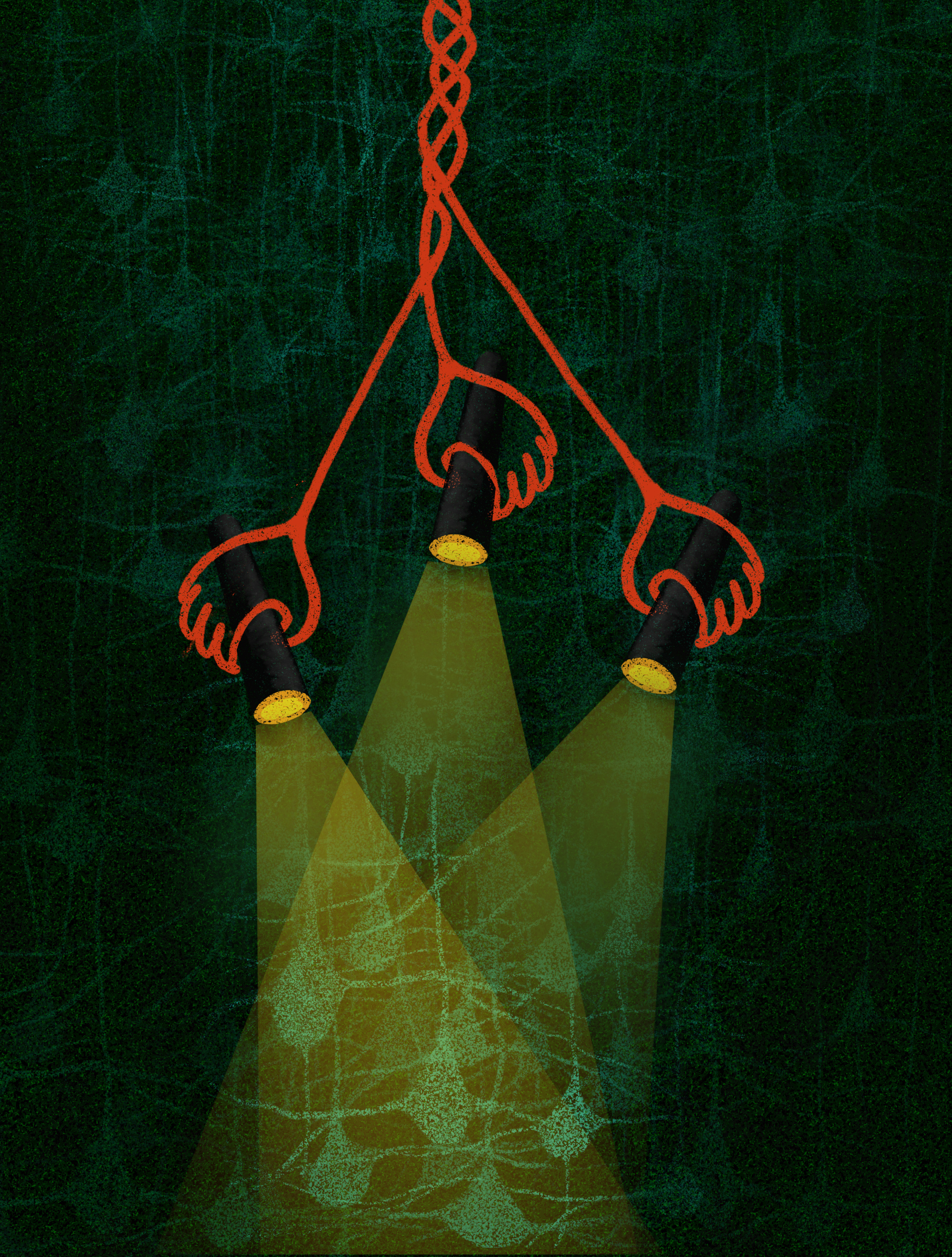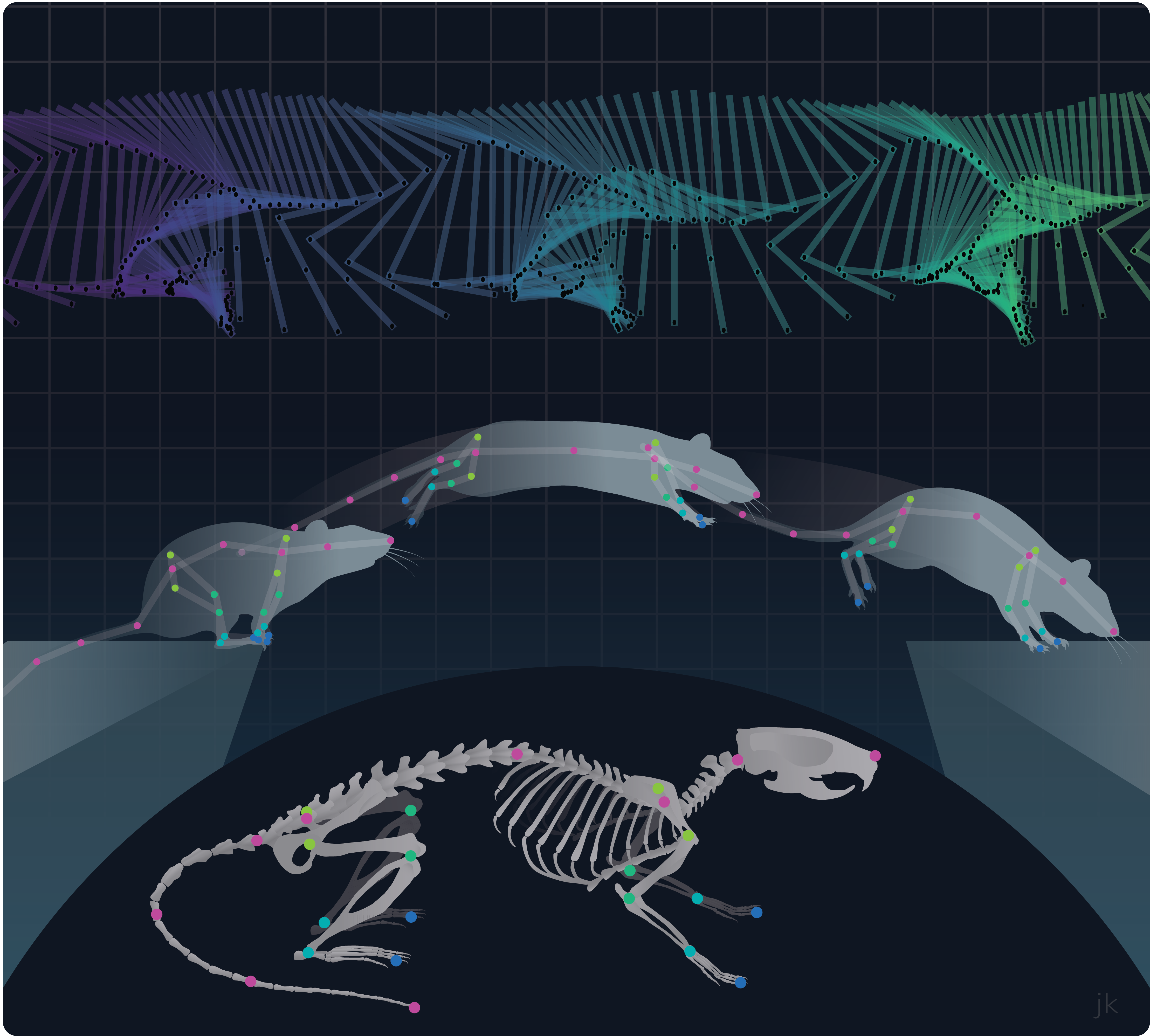Press Release
8 Nov 2022
How does a skeleton move? A new method to quantify skeletal kinematics in freely moving rodents
How can we measure a skeleton’s motion in a furry animal as it moves through its environment? Our researchers have developed a new method to quantify skeletal motion in freely moving rodents in a new level of accuracy and detail. It is based around building a skeleton-model that calculates bone joint movement using basic anatomical principles, such as joint rotation limits, and speeds at which bodies can move. This approach, published in Nature Methods, opens up a new ability to read out how animals interact with their environment and, as the brain and spinal cord drives movement, start unravelling the relationship between neuronal activity and complex behavior such as decision-making.
Keep reading



